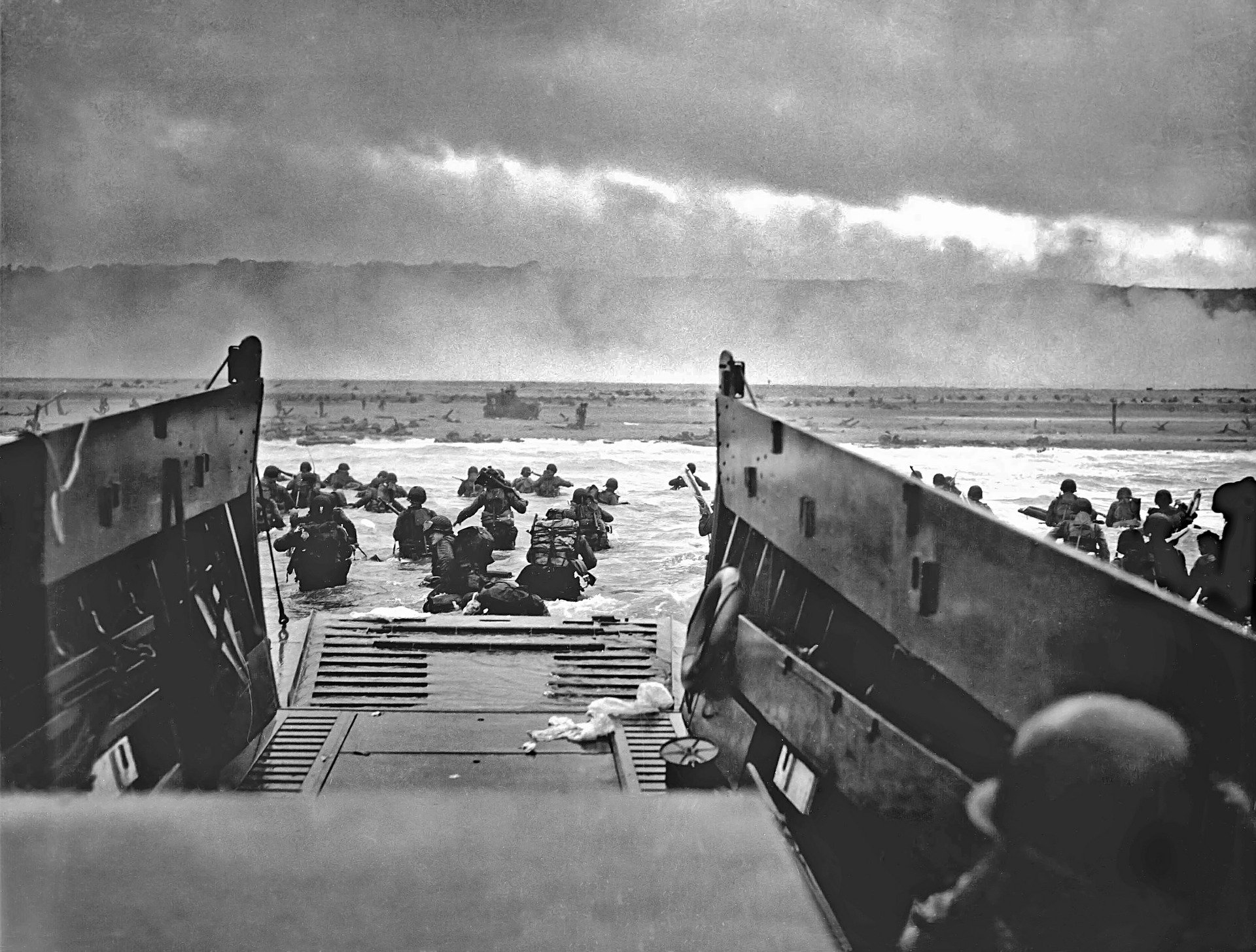
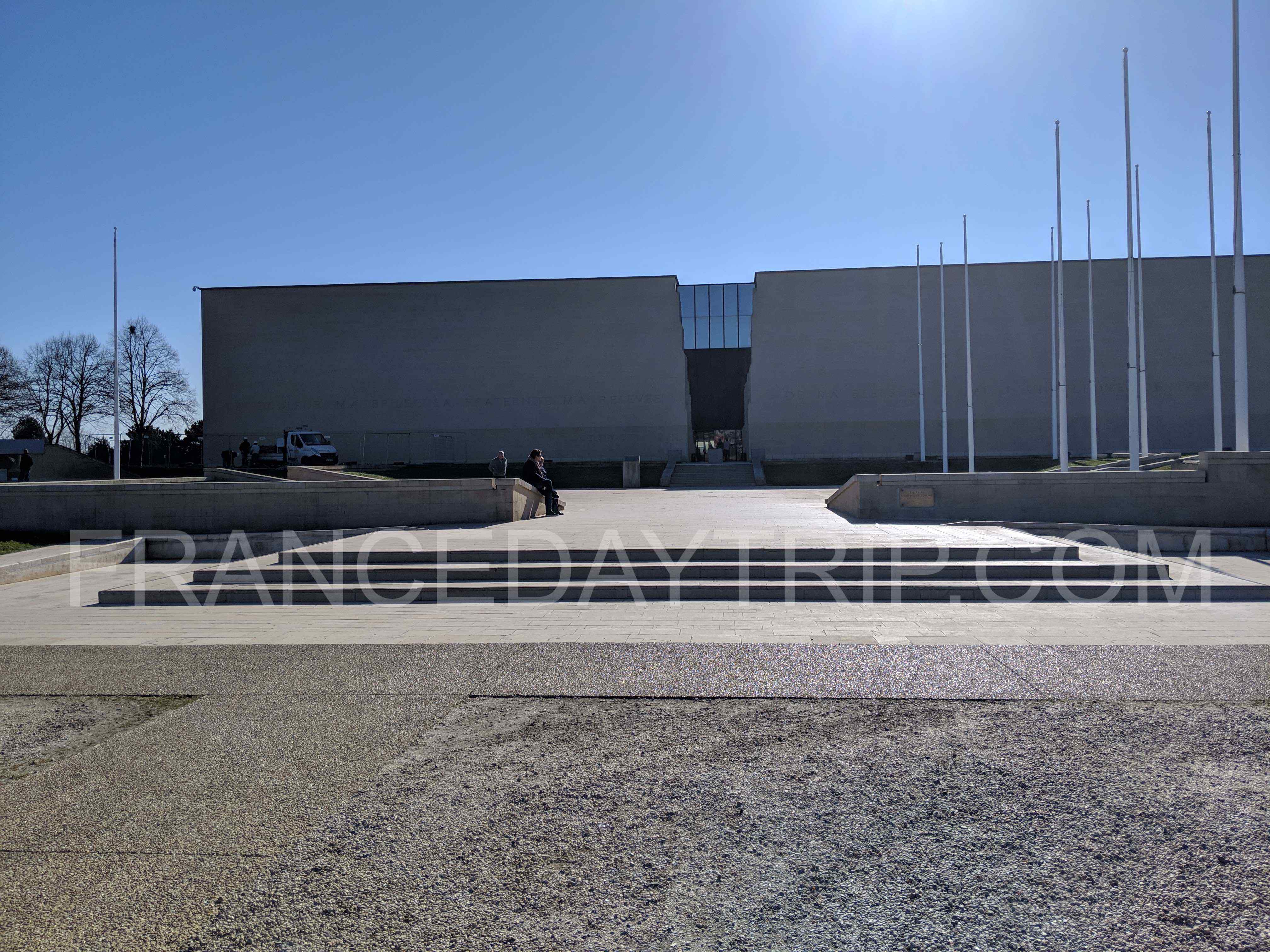
Caen Memorial Center is an excellent exhibition the World War II displaying art and artefact from the 1920s to the start of World War II. It also exhibits the events and trail leading to war, then subtle peace and then war again. The D-Day memorial focuses on the battle of Normandy and the lives of the military personals who fought with courage to defend the cause of the two parties. The 19-minute documentary created with the actual footage of the battle of Normandy and the letters and personal belongings of the soldiers will give you a chance of trans-temporal travel to the days of the war.
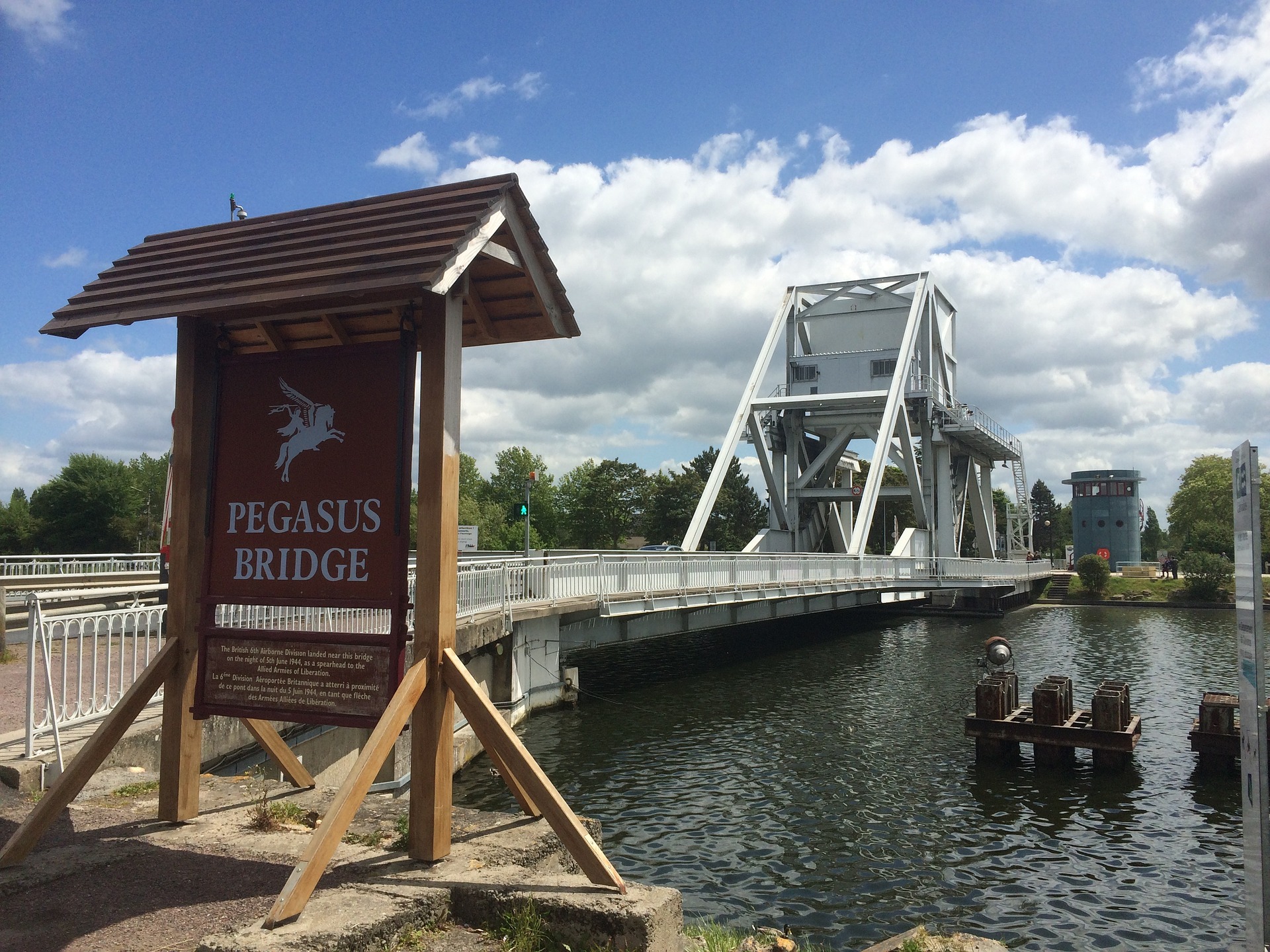
Keeping the Pegasus bridge intact was imperative to stop the counter-attacks the German forces. The British 6th Airborne Division took over the bridge after midnight on June 6. A total of 6000 men dropped on the Canal de Caen à la Mer with ample supplies and ammunition. The mission of these soldiers was to keep open and secure for the allied forces to pass through without being attacked by the Germans.
The Pegasus Bridge Museum displays the plan and documentation used by the 6th airborne division. If you go a few miles to the east of the bridge, you will several bunkers of the Germans. Complete your tour to the bunkers with the with a sound and light show, depicting a typical wars scene of the WWII.
The Sword beach was the fifth easternmost landing areas. Before the British Airborne division arrived at the landing areas, the French commandos cleared the hub of the German command force. However, the German fire control post was still there resisting the move of the British forces. The firing post was 52 feet high concrete structure which is now turned into a museum filled with actual equipment, uniforms, naval guns, searchlights, cannons and range finder. The museum is called the Atlantic wall museum or The Grand Bunker.
The Sword beach is now a recreational sport of the tourists and the visitors. You can enjoy the cool breeze with horse riding and other fun activities.

The Juno beach witnessed an engaging battle and bloodbath as the Canadian marine forces reached the coast of Courseulles-Sur-Mer and attacked the German posts. In the beginning, the Canadian 3rd Infantry Division faced massive causalities but finally took control with the help of the Sherman tanks.
The Juno beach is dedicated to the Canadian soldiers who took part in the battle. It contains the ballet plans, preparations and the personal experiences of the Canadian soldiers. The western end of the beach you can see a recovered Sherman tank and a double-armed cross of Lorraine.
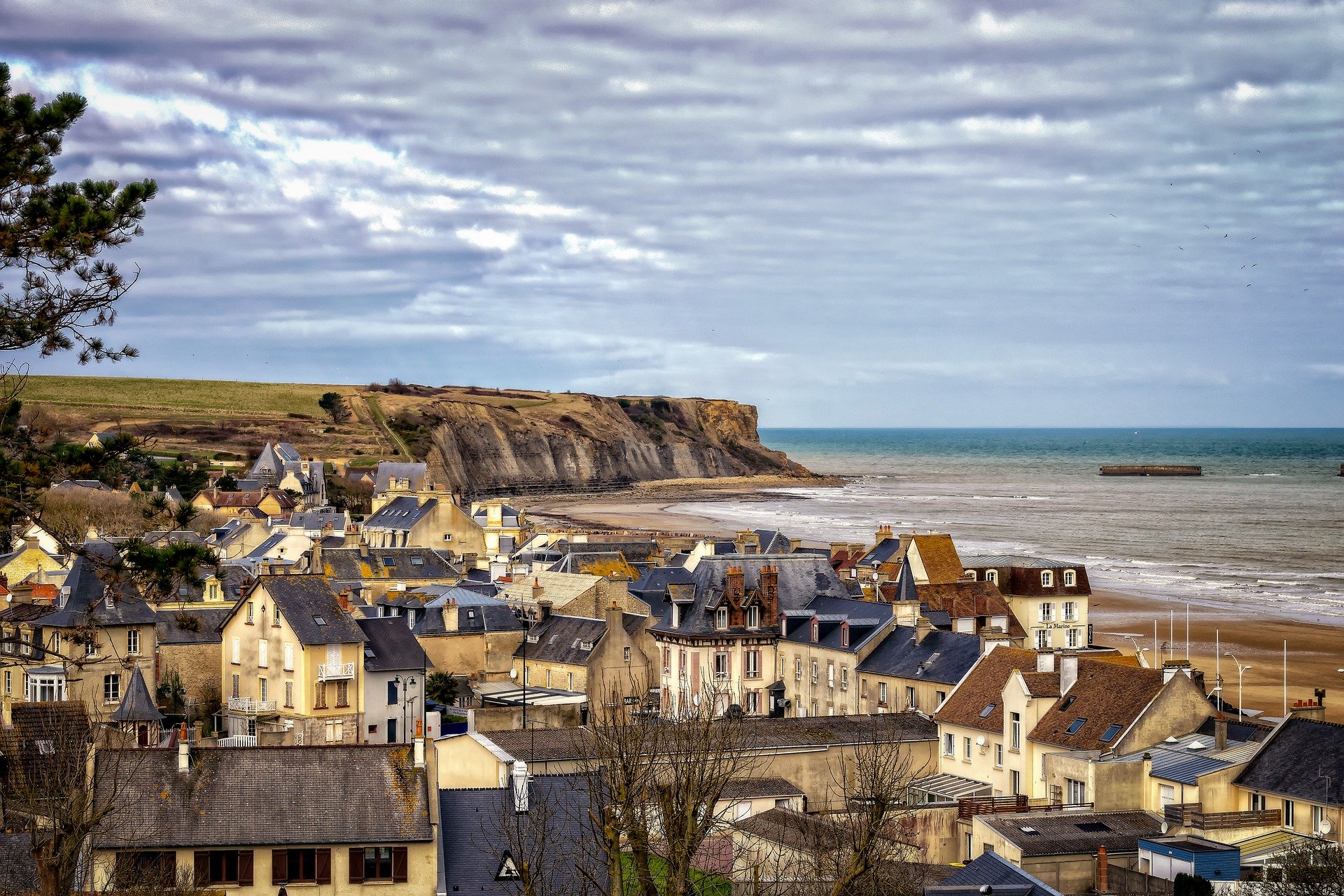
The Normandy coast did not have any ports which made the situation quite complicated for the Allied forces. Heavy equipment like tanks and guns were needed to defeat the Germans.
Without a port, it was not possible to transfer all this with potential resistance. The allied forces came up with the idea of creating artificial posts by dumping huge concrete blocks to create a floating road. The artificial ports were called the mulberry harbour. Even though the mulberry harbours took a heavy beating, you can still see its remains at the beach. The British forces faced massive causalities until the tanks arrived at the rescue.
The D-Day Museum is a tribute to the British soldiers who lost their lives in the deadly combat. The museum displays the plans, models, animations and extensive artillery pieces.
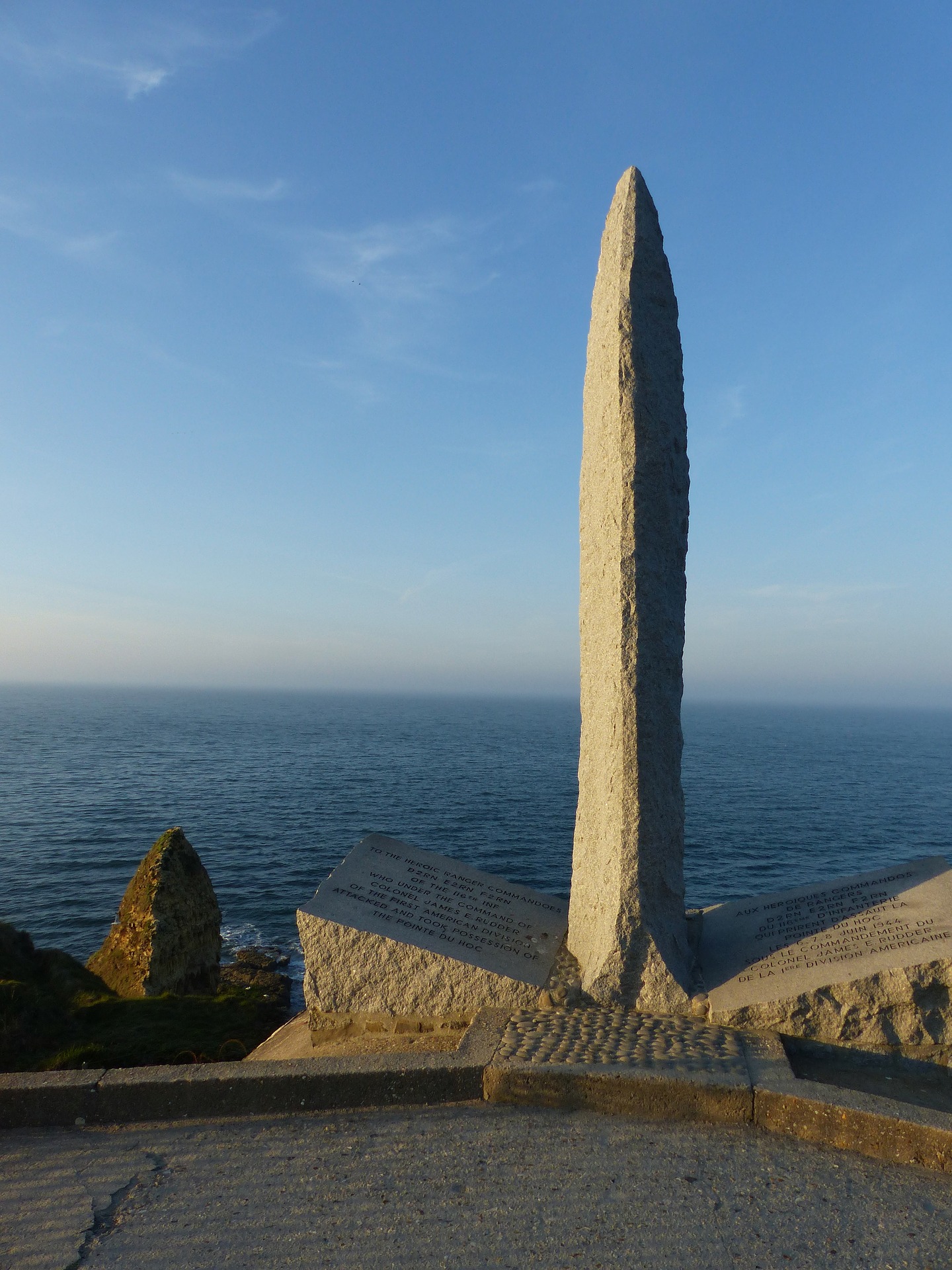
Just between the Omaha and the Utah beach, the cliff of Pointe du Hoc was under the control of the Germans. They installed the German coastal battery on the top of the mound, making it difficult for the allied forces to conquer. After a deadly battle and loss of lives, the American rangers used ropes to climb up the mounds and conquered Pointe Du Hoc in about 15 minutes. More than 100 brave American soldiers lost their lives while trying to capture the cliff.
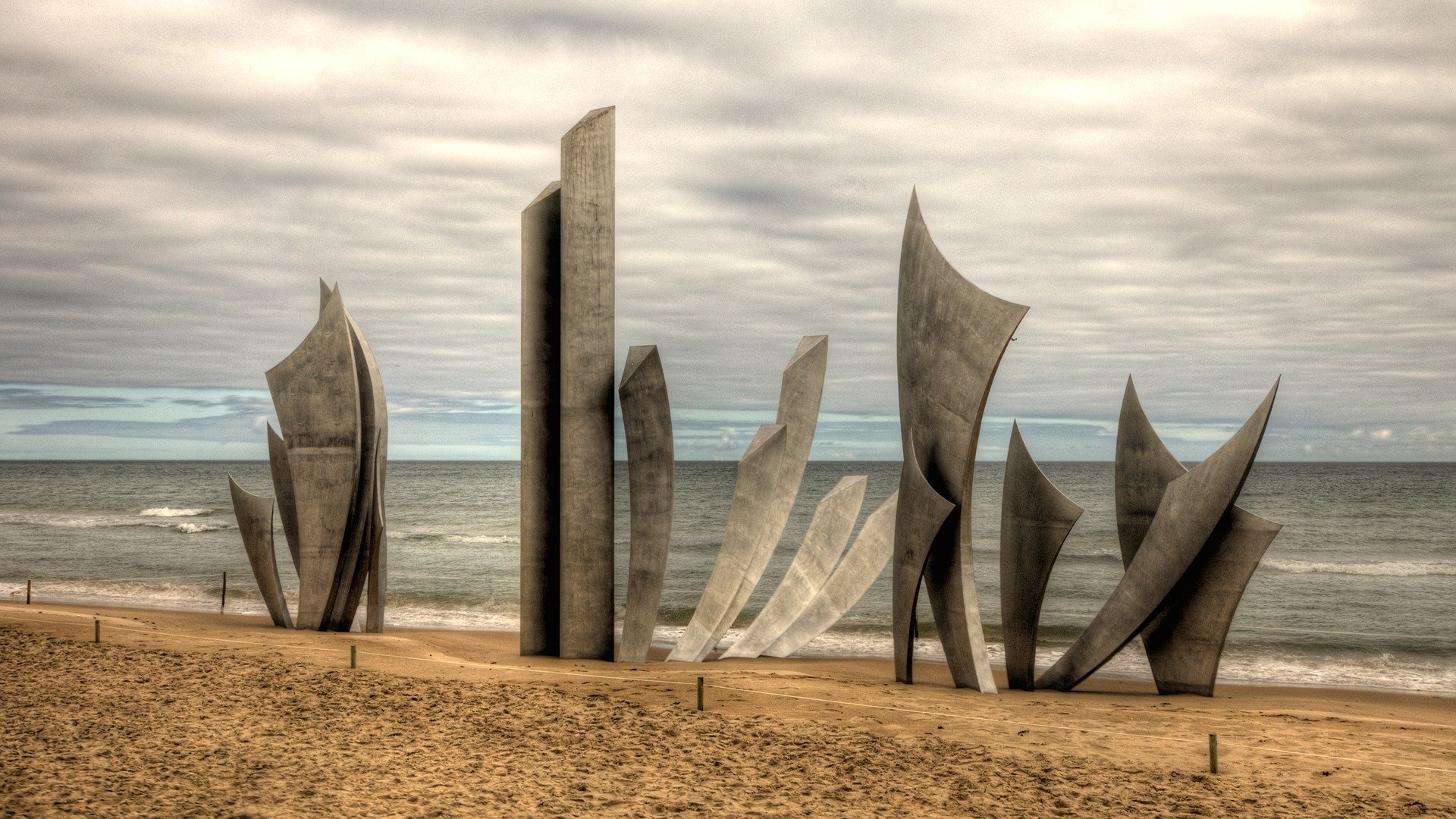
Landing at the Omaha beach can be marked as one of the most terrible experiences of the allied forces especially the Americans. Due to heavy resistance and gunfire from the strengthened German 352nd Division. More than 2400 American soldiers lost their lives or went missing during the encounter. The German forces also lost 20% of their men in the battle.
The Cemetery close to the Omaha Beach has more than 9000 graves with marble headstones. Next to the cemetery is a memorial and the Garden of the missing paying tribute to all those who could not be found after the battle was over.
The Overlord Museum was inaugurated on the 69th anniversary of the Normandy landings. Quite close to the Juno Beaches, the Overlord museum exhibits a wide collection of military equipment, vehicles, tanks, trucks and the uniforms of the soldiers of the battle of the Normandy. The museum gives a realistic view of the of more than 10000 artefacts put to display.
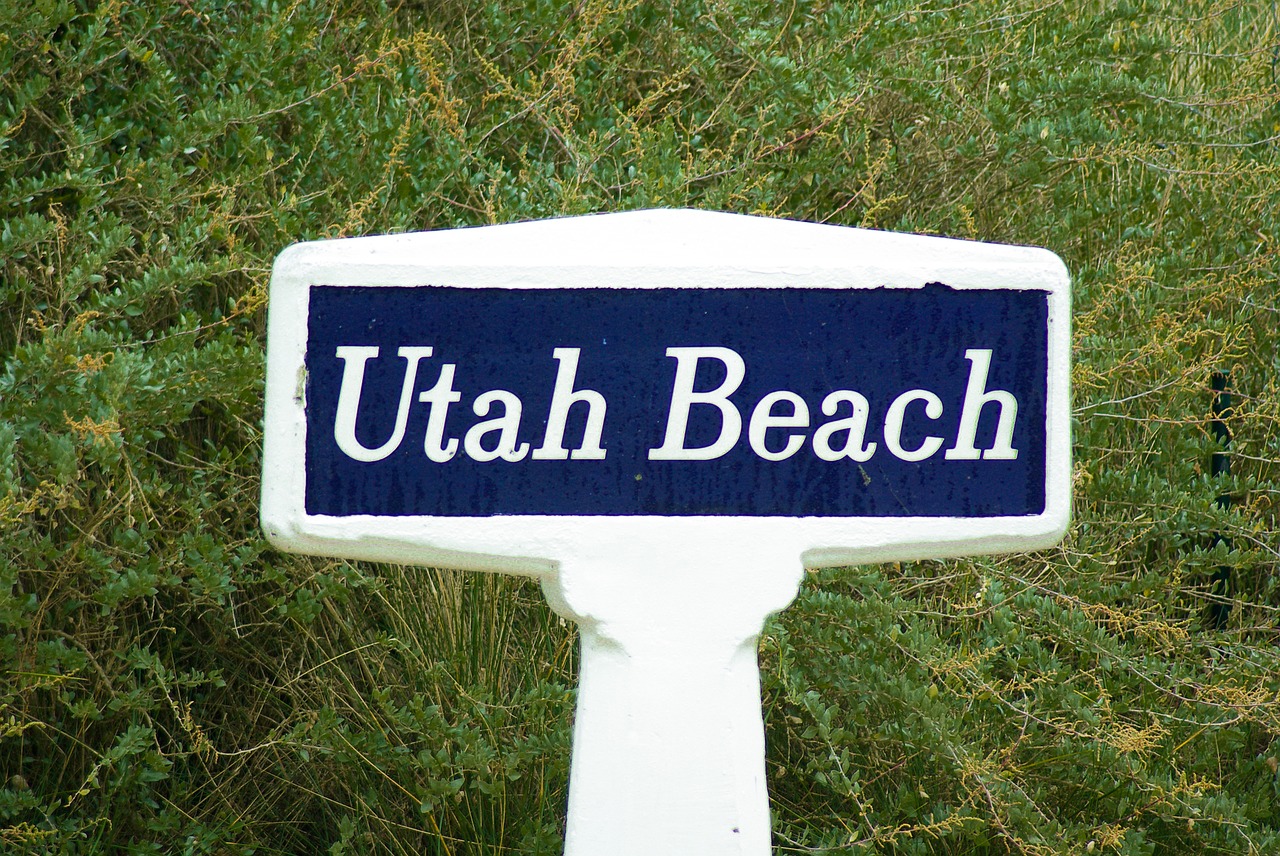
The Utah beach was lucky enough to witness the least bloodshed. The battle was not as intense as the naval forces took advantage of the low tides and attacked the German defence. By the time the 4th Infantry arrived at the beach, much of the area was already cleared.
The gold beach is located in the middle of the 5 landing sites. 50th Infantry Division of the British Army took over the beach by defeating the German troops. Most of the German soldiers set up dugouts in the houses along the coast at Le Hamel and La Rivière. The British army lost 400 men while securing the Gold beach and liberating it from the Germans.
The museum of the Landings displays the operation carried out at the Utah beach and operation overlord. The museum also contains a bunker of the Atlantic wall, LVT-2water buffalo other equipment and weapons. You can also visit the open-air Crisbecq Battery Museum which contains 21 bunkers of the German army that were securing the Utah beach.
Sainte-Mère-Eglise was the first town that was liberated from the German army. While Americans prepared to attack the Germans, the village became the centre of the drops for 82nd Airborne Division. The islands gave the Allied forces enough time to settle before finally attacking. Operation Overlord began with the drop of paratrooper John Steele on the roof of the Church of the town.
The story of this mission and the courage of the paratroopers is depicted very well in the Airborne Museum. At the museum, you can see a recreation of the paratroopers landing alongside the villagers and later raising the American flag after the defeat of the Germans.
The battle of the Falaise pocket proved to the final blow to the Battle of Normandy. On August 12, 1944, more than two months after the D-Day, the Allied forces encircled the German soldiers in a pocket of the Falaise. After 9 days of resistance and attempts to escape, the allied forces finally captured around 50000 German soldiers. As Normandy survived the war, the allied forces moved to liberate Paris.
The Memorial to Civilians in Wartime depicts the lives and events of the civilians who suffered or survived through the ruthless war. The museum displays recorded interviews of the people and pictures of the survivors with the killing machines and equipment. The audio is easily understandable as it is in English. In the sound theatre, recreated scenes are displayed with the roaring sound of the bombings.

The Memorial Museum of the Battle of Normandy in Bayeux is located near the British Cemetery in Bayeux. The museum is the biggest collection of the artefacts of the battle of Normandy. It contains equipment, tanks, vehicles and uniforms of the soldiers. The museographer stenography will take you back to the days of the war.
The five landing beaches of Normandy cover almost 50 miles offering beautiful sightseeing options. The beaches are jam-packed with lush grass and create a perfect view with the blue waters. You can enjoy a family picnic, fishing at the pier or horseback riding at the beaches. For a while it may not even feel like that these beautiful places were once the center of bombing and killing.
A visit to theD-Day Normandy beaches will be full of history, grief, lessons and a sense of pride that there were so many brave soldiers who sacrificed their lives so we could live in peace and harmony. Guided tours to the beaches and museums can be informative especially for the younger generation. Begin your visit early in the morning so that you have ample time to pay attention to history and enjoy the sun and the fresh breeze of the beaches.